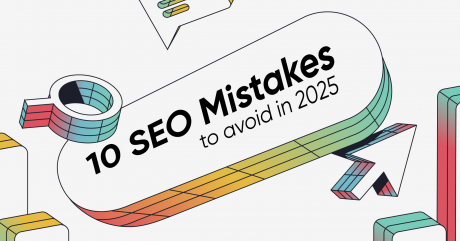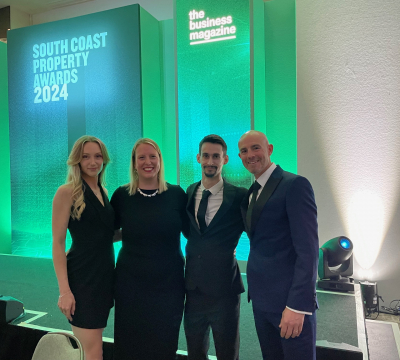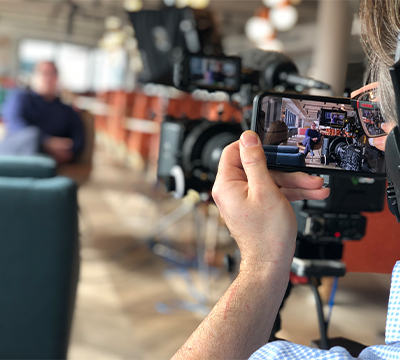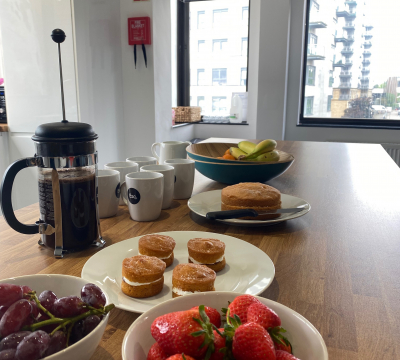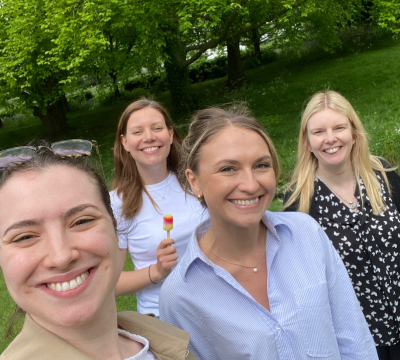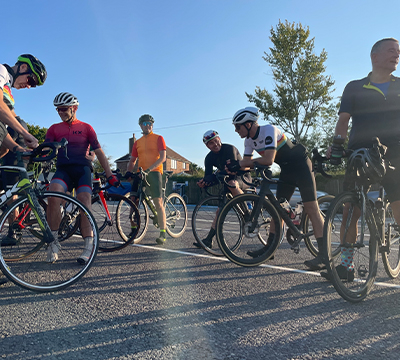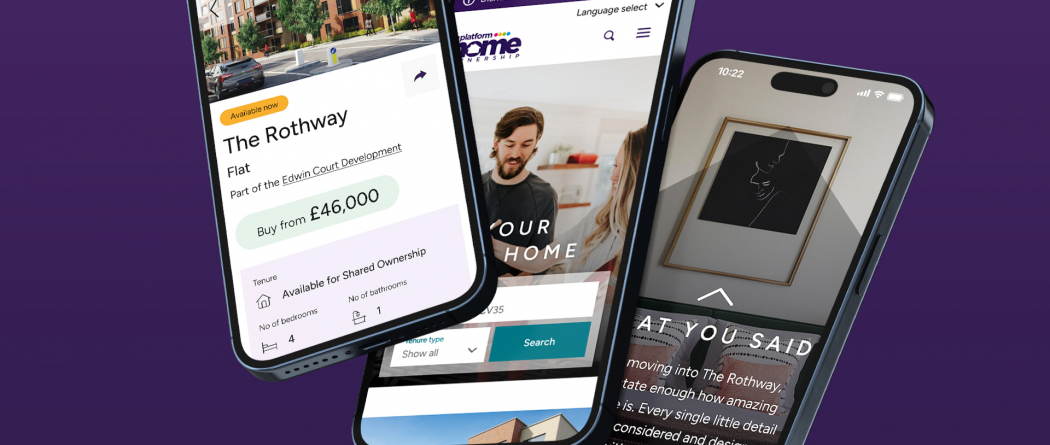
Insights Top 10 tips for a successful and sustainable web presence

A good website takes time and investment. Whether that investment is time or money depends on your level of in-house skills. Start small, be flexible and grow with your success. By being realistic with your expectations and making sure your web company understand them, you can deliver a solution that offers you value, and improves over time to deliver sustainable results. Here's our guide to creating a web strategy that delivers success - both in the short-term and, more importantly, sustainably into the future.
Purpose
Websites are sales tools and need to offer value to your business. A good website offers a route to market for your information (and products) directly and quickly.
So, with that in mind, your website needs to be built for the user, but, with your clearly defined business goal in mind.
Whether you want them to buy there and then, sign up for a newsletter, contact you, etc.; your website needs a defined purpose and the appropriate build to fulfil that purpose.
What is your most important "Call-To-Action"? ie. What is the button you want them to press, the action you want them to take?
All website paths and call-to-action should lead to delivering that goal.
Usability
A website needs to be usable, not by you, but by your customer and every visitor to your website will be different.
If you pick up a book you start at page one. But you can not guarantee the entry page or the path through your website that a visitor will take, especially if the navigation is not logical and your purpose (see point 1) is not clear for the user.
What you can do though is smooth the path of 'logic' that each of your unique visitors chooses to take through your site. Can they find what they want, when they want it? Is the call-to-action in the right place?
Your web pages need to be built for your audience in terms of design, content; even down to the size of the text.
Design
Design goes hand-in-hand with function and content.
Not only design as in branding, but also the design of your web interface. Your website needs to look good and be compelling.
Cascading Style Sheets (CSS) enable us to have more control over the design of a website and help us apply styles and branding across every web page.
This makes it consistent and leaves the visitor in no doubt which website they are on.
Web standards
Web standards allow for choice. You can visit your website using different platforms (PC, Linux, Mac, mobile phones, Hand-Held Organisers, etc.).
Mix into that the different browsers available and you have thousands of combinations. This will only increase over time.
By sticking to web standards you can translate your message to more people, including disabled users.
W3C (The World-Wide Web Consortium) gives us those standards so there is no excuse. You end up with a better-built website, coded correctly with relevant labelling. This helps the user and it also helps you. Devices (including search engines) are able to read your website faster and more accurately because your website speaks the same language.
Content is king
The Internet has billions of web pages of content, how can you compete for attention?
For a start, you must have a message worth reading. Not just what YOU think is great, but what an audience would regard as worth reading. Your page content needs to be compelling, offer value and it needs to offer a consistent message.
If you want to go off on a tangent, build another web page relevant to that content. The more search engines can understand the subject your pages are about, the easier and more appropriately they will be indexed.
Think about the style of writing - Is it readable? Is it friendly? Does it make sense? Also, don't assume that someone understands your industry terms - it could make them feel stupid and it makes them work harder to understand your message. Write for your audience and tell them what they want to know.
Search engine optimisation (SEO)
Search engine optimisation isn't a dark art. Stick to the basics. Start with quality content that is already compelling for your audience. Does it send a message? What is that message? More importantly, is the message consistent and specific?
What words are you using? Do they match up with what people may type into a search engine?
There are keyword tools available to help you, but you need to understand what words to use on your page and test them eg. "website" or "website", "nail polish" or "nail varnish".
Search engines are getting cleverer and the rules keep changing so, just stick to creating clear content and make sure they understand what your page is about. SEO is just part of the story, it is not the "be-all-and-end-all" of your website.
Measurement
You could argue that a website has one statistic that matters - return. Is it making money, getting leads, etc.?
If not there may be a bottleneck, one page that restricts the next step in your process. That's why you need to measure your website traffic.
The better you become at measuring the right things, the more successful your website can be. You can measure traffic on your website but you also need to measure what happens when it gets there.
Sit a novice down and physically watch them use your website. Are they doing what you expect, what you want? If not, why not?
Make changes... then measure them (over time)... and repeat. The bottleneck should start to clear.
Online marketing
Marketing your business using the Internet is one of the most cost-effective ways of getting your message to your audience. Niche markets are becoming more effective because they are so specific. Your potential market could be fragmented but by applying all the other rules here you have a website that is findable and worth reading with specific content.
If you can truly engage your audience they will come back. Better still, they will tell other people about you. Blogs, Social Networking and Article Marketing can get your attention, but you have to work hard to keep that attention.
Pay-Per-Click campaigns (Google Adwords, Yahoo, Livesearch) can also be effective (cost and return) if you create effective adverts.
The most important thing is to not isolate your marketing: Offline can work with online, e-mail can work with the web; mix it up. The entry level from a cost point-of-view is so low you can afford to experiment.
Flexibility
Your website, and your attitude towards it needs to be flexible.
A good website needs to be updated regularly to attract attention so it needs to be easy for you to manage.
However, if your website is built with a restricted number of pages and the linking is shoddy, it will be much harder for you to go back to your website and amend it.
Also, adding new sales messages across a well-built website becomes easy. Your website can grow with you.
You need to take this flexible approach to your flexible website because things do change - very quickly.
Return on investment
Running a website, even for a small business, can be a full-time job. Does your website merit that?
Does it drive enough business to pay for the investment as a marketing tool? It's actually a hard one to quantify but why spend more than you make, unless you have a longer-term plan?
You could get more benefit from a £100 a year Blog, than a £10k web site. The Internet is becoming more about quality over quantity.
Also, why put all your eggs in one basket? Experiment. What is your competition doing and why can't you do the opposite? It's a case of smarter spending of less money. But, if it works in a positive way, don't scrimp, run with it and invest; but be prepared to be flexible and switch if you need to.
Share insight
Let's talk
- Call us +44 (0) 1256 334567
If you would like to find out more about how we can help you connect strategically, creatively or digitally, then call us or get in touch. We’d love to hear from you.
